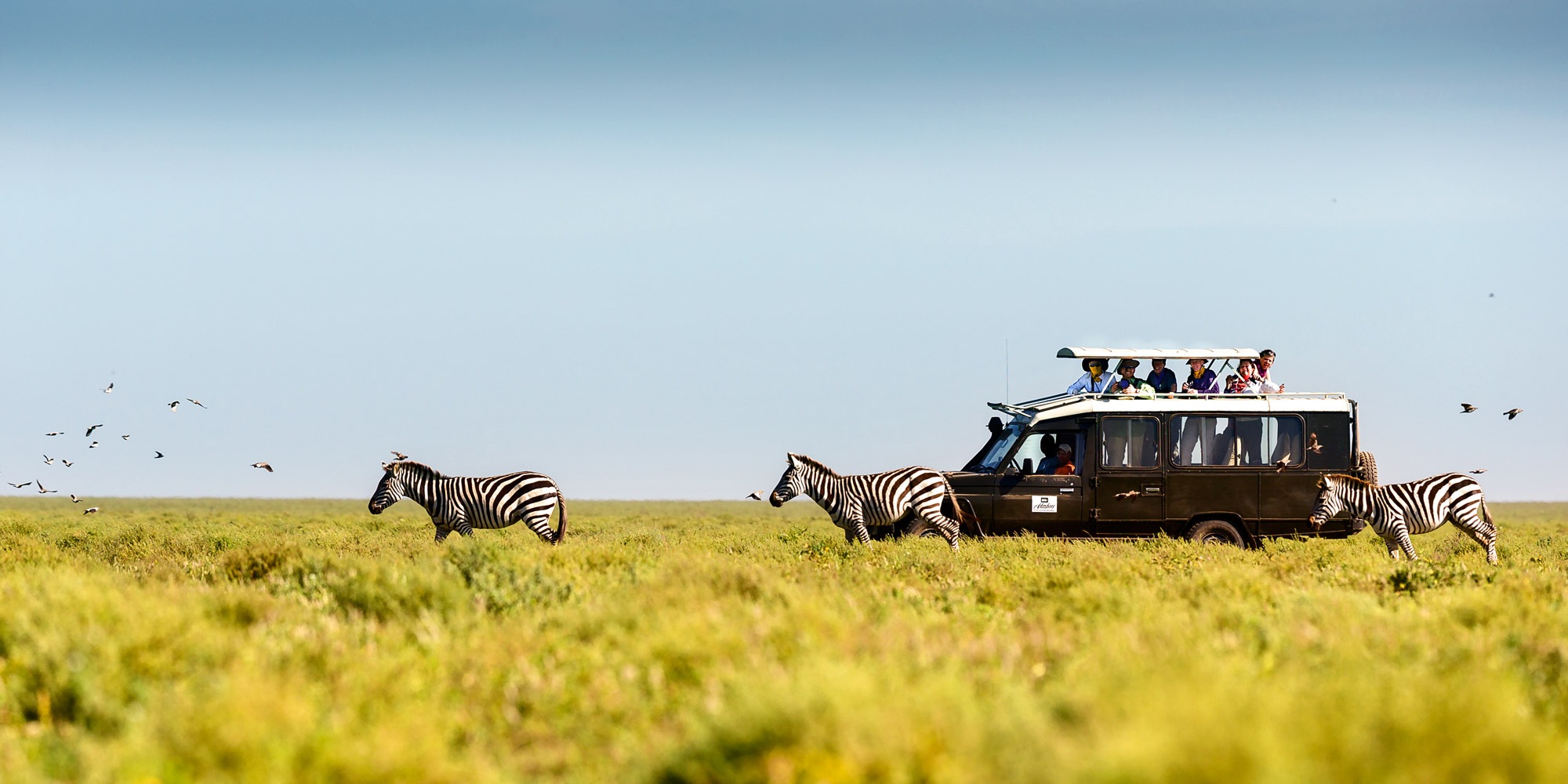Tanzania is one of Africa’s leading destinations for good reason. From the Zanzibar’s white sand beaches and azure waters to the 12-mile-wide Ngorongoro Crater to the Serengeti’s famed Great Migration, the opportunity to adventure there is practically endless. Here are six of our favorite places in the East African nation to help get you started.
Serengeti National Park
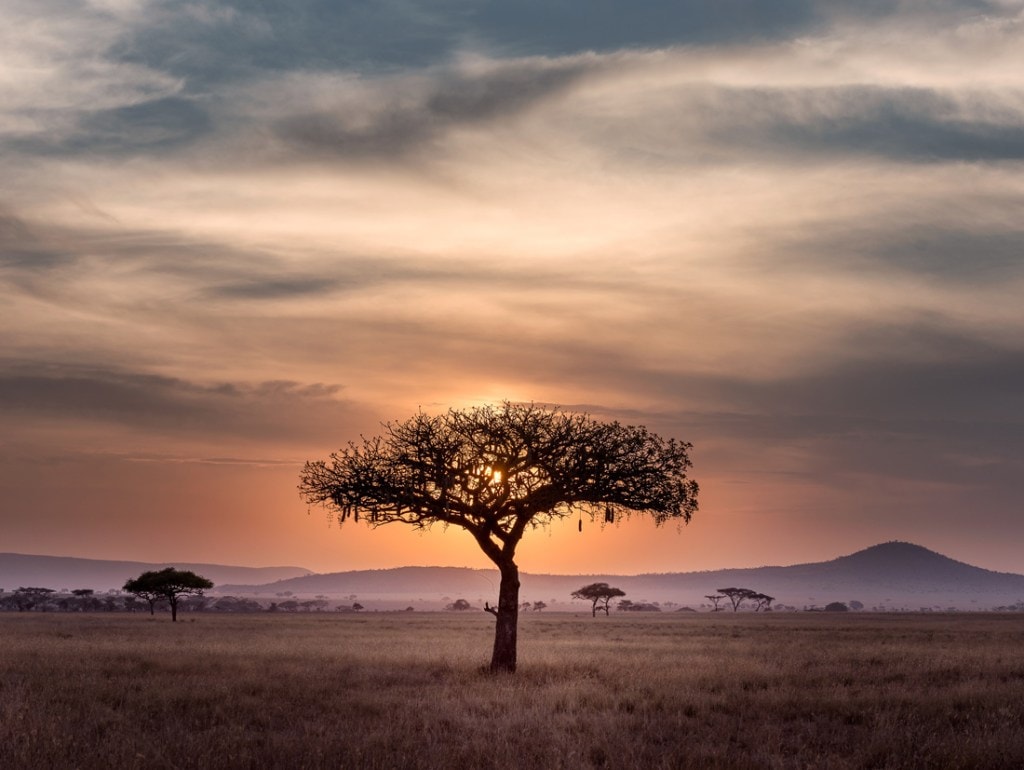
A typical Serengeti sunset. (Photo Credit: Hu Chen)
This national park puts you in the heart of the Great Migration, where 2.5 million wildebeests and 200,000 zebras chase the rains in a circular, 1,200-mile journey through the region’s plains and woodlands. The timing depends on the rains, but June through July is usually a good bet. The 5,700-square-mile wilderness is home to Africa’s Big Five—lions, elephants, rhinos, leopards and buffalo—too.
Mount Kilimanjaro
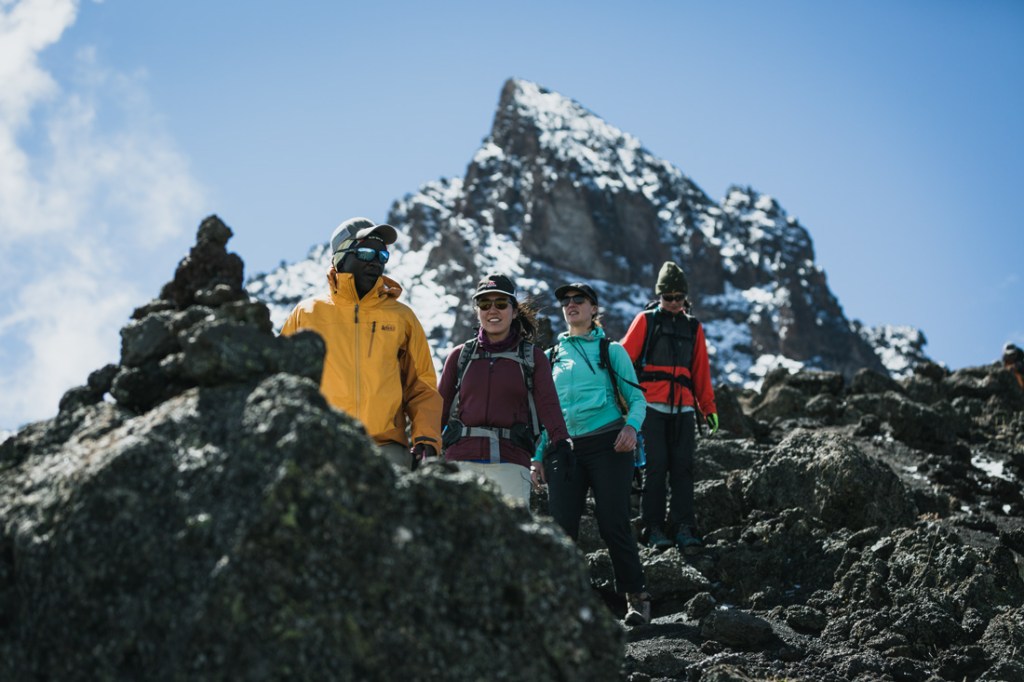
A guide leads a group of climbers up Kilimanjaro’s Rongai route.
Towering above the African bushlands of Tanzania and Kenya, Kilimanjaro is sure to be the adventure of a lifetime. Of the mountain’s three volcanic cones—Kibo, Mawenzi and Shira—it’s Kibo that harbors Uhuru Peak, the highest point in Africa. But even if you don’t plan to summit, Kilimanjaro National Park is still worth a visit. The mountain is surrounded by rain forest, cultural sites and waterfalls.
Ngorongoro Conservation Area
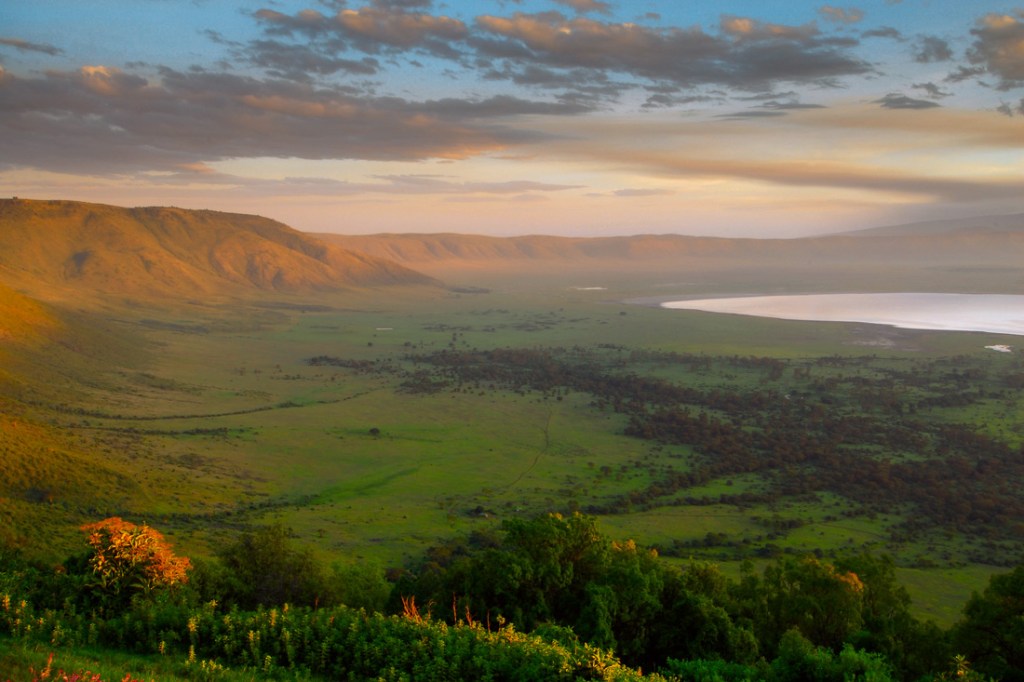
A visit the Ngorongoro Crater is worthwhile for good reason: views like this.
Formed following the ancient explosion of an extinct volcano, this 2,000-foot-deep, 12-mile-wide crater in northern Tanzania is one of the country’s most incredible natural wonders. Plentiful grasslands, water sources and acacia woodland fill this natural amphitheater, and predators like hyenas, lions, and jackals hunt small bushback antelopes while elephant, hippos, and the critically endangered black rhino graze. In total, some 20,000 animals call the crater home, so you’re pretty much guaranteed to check more than a few off your African bucket list.
Zanzibar Archipelago
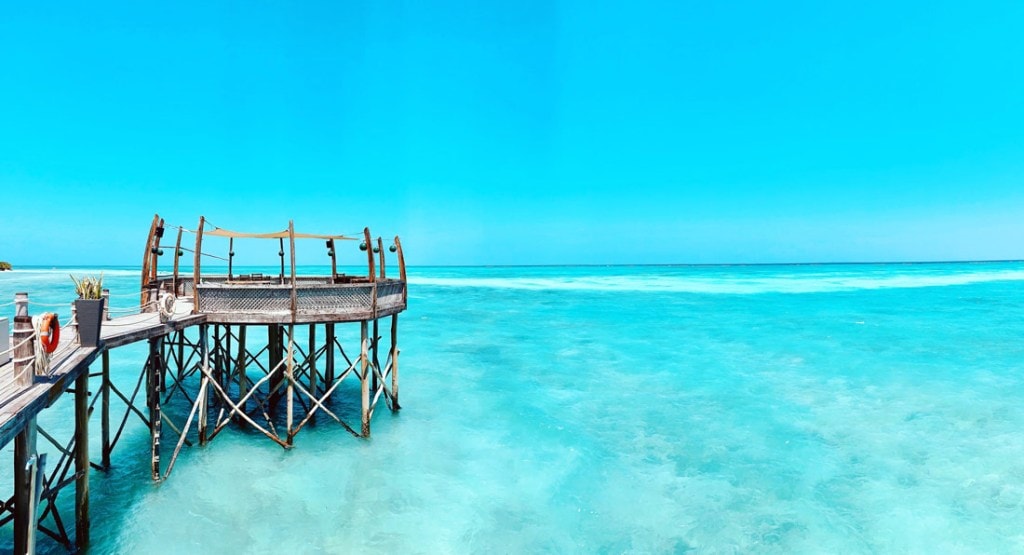
An inviting dock in Tanzania’s Zanzibar Archipelago. (Photo Credit: Med J)
The white-sand beaches and translucent waters of the semi-autonomous Zanzibar Archipelago are sure to impress surfers and beach loungers alike. Formed by the Unguja, Pemba, Mnemba and Latham islands, the region is anchored by Stone Town, a city on Unguja and UNESCO World Heritage site where the area’s reputation as the “Spice Islands” is on full display thanks to centuries-old palaces, forts and baths.
Tarangire National Park
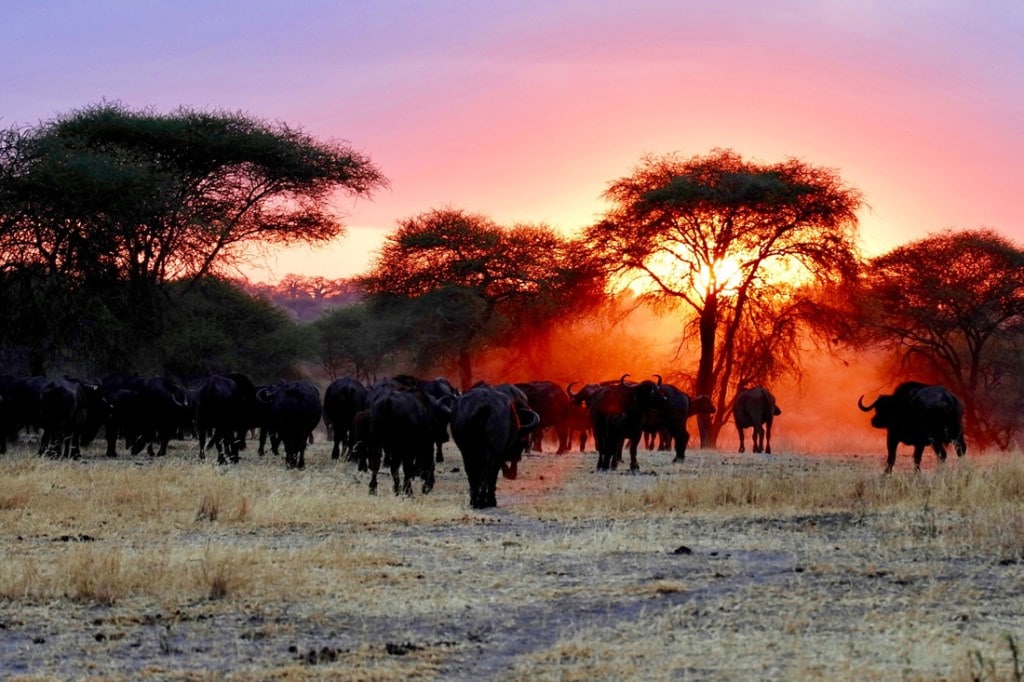
The sun sets over a herd of buffalo in Tarangire National Park. (Photo Credit: Ray Rui)
With the highest concentration of wildlife in Tanzania, this national park in the country’s Manyara Region is an ideal location for game viewing. Though sometimes overlooked in favor of its elephants (the park has more elephants per square kilometer than any other park in the country) and other animals including kudu, cheetahs, oryx and over 500 species of birds, Tarangire’s towering, alien-like baobab trees are worth the visit alone.
Mafia Island Marine Park
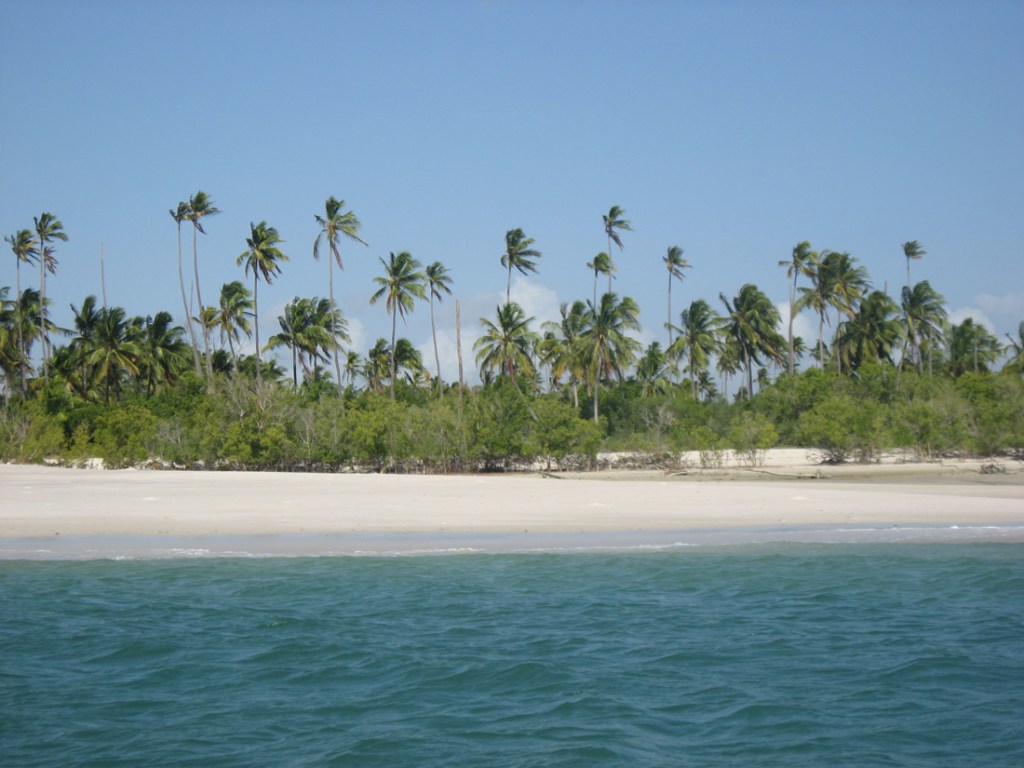
The palm trees and sand beaches of Tanzania’s Mafia Island. (Photo Credit: David Bacon under CC BY 2.0)
While Mafia Island neighbors the Zanzibar Archipelago, it’s technically governed by mainland Tanzania. Within the island’s bounds you’ll find Mafia Island Marine Park, where divers and snorkelers come to swim among abundant populations of whale sharks and sea turtles and a thriving coral reef ecosystem home to more than 380 fish species. Though you’ll be tempted to spend all your time on the beach and in the water, be sure to head inland to check out the park’s ancient archeological sites, some of which date back to 600 B.C.
